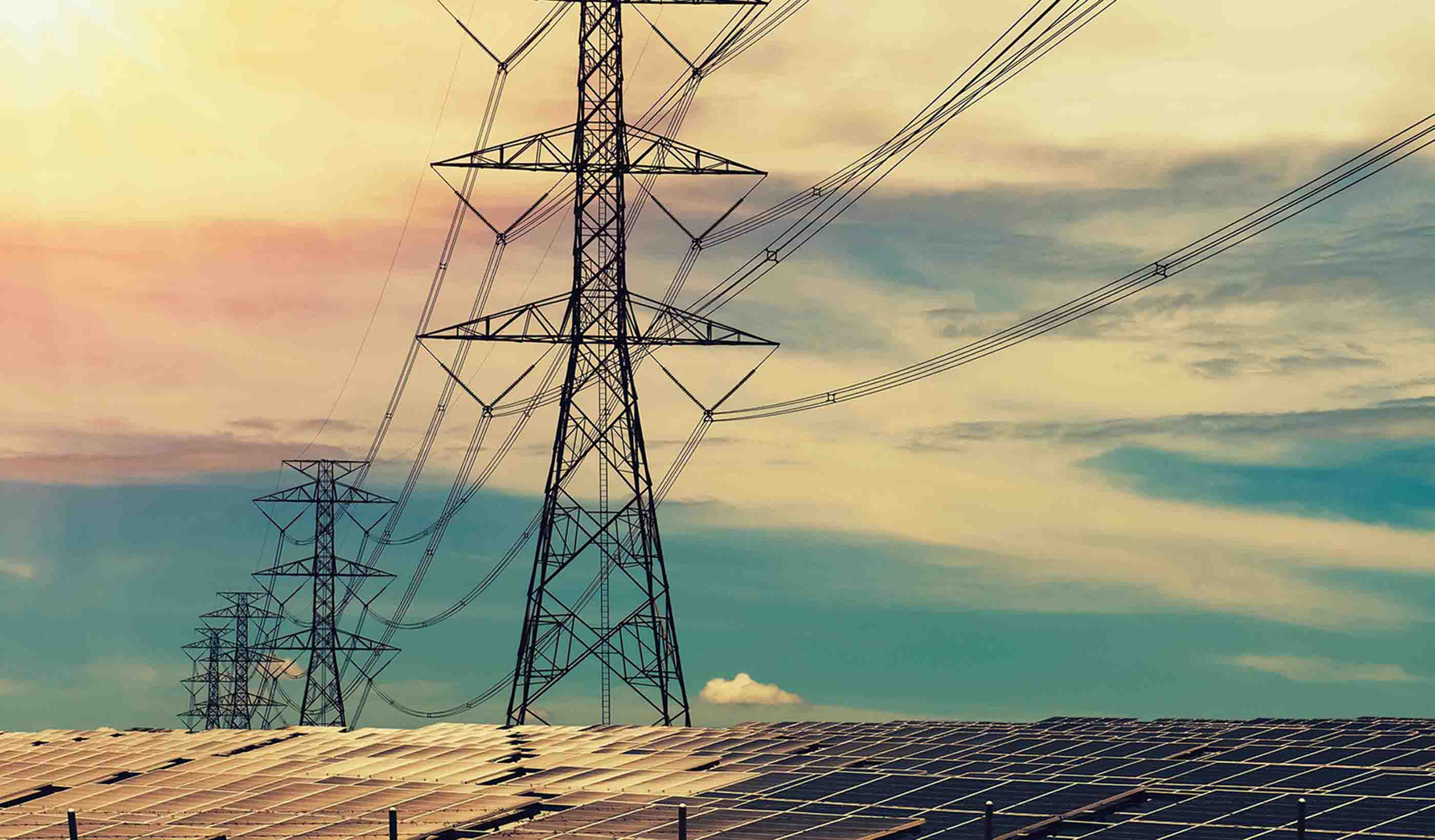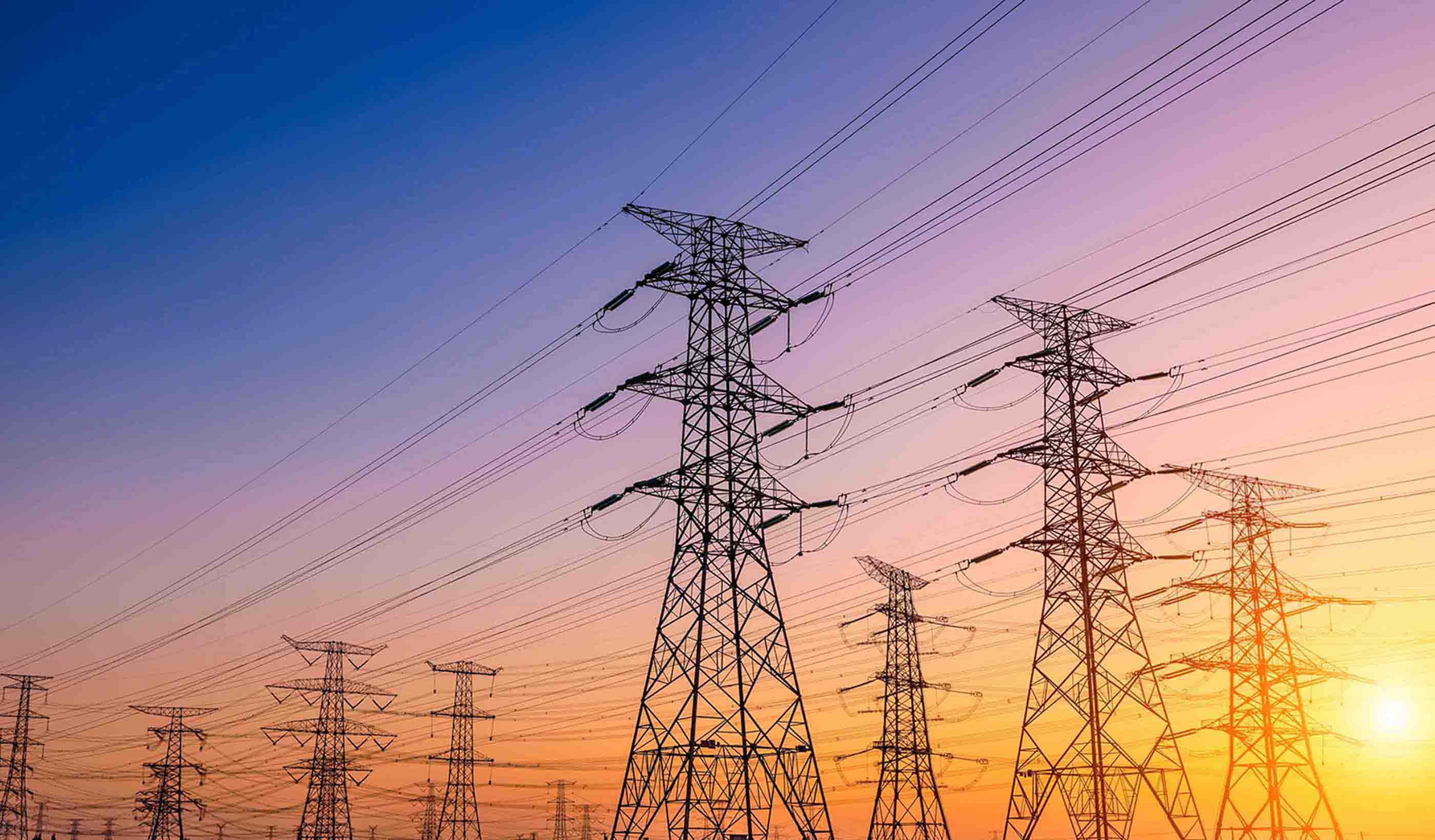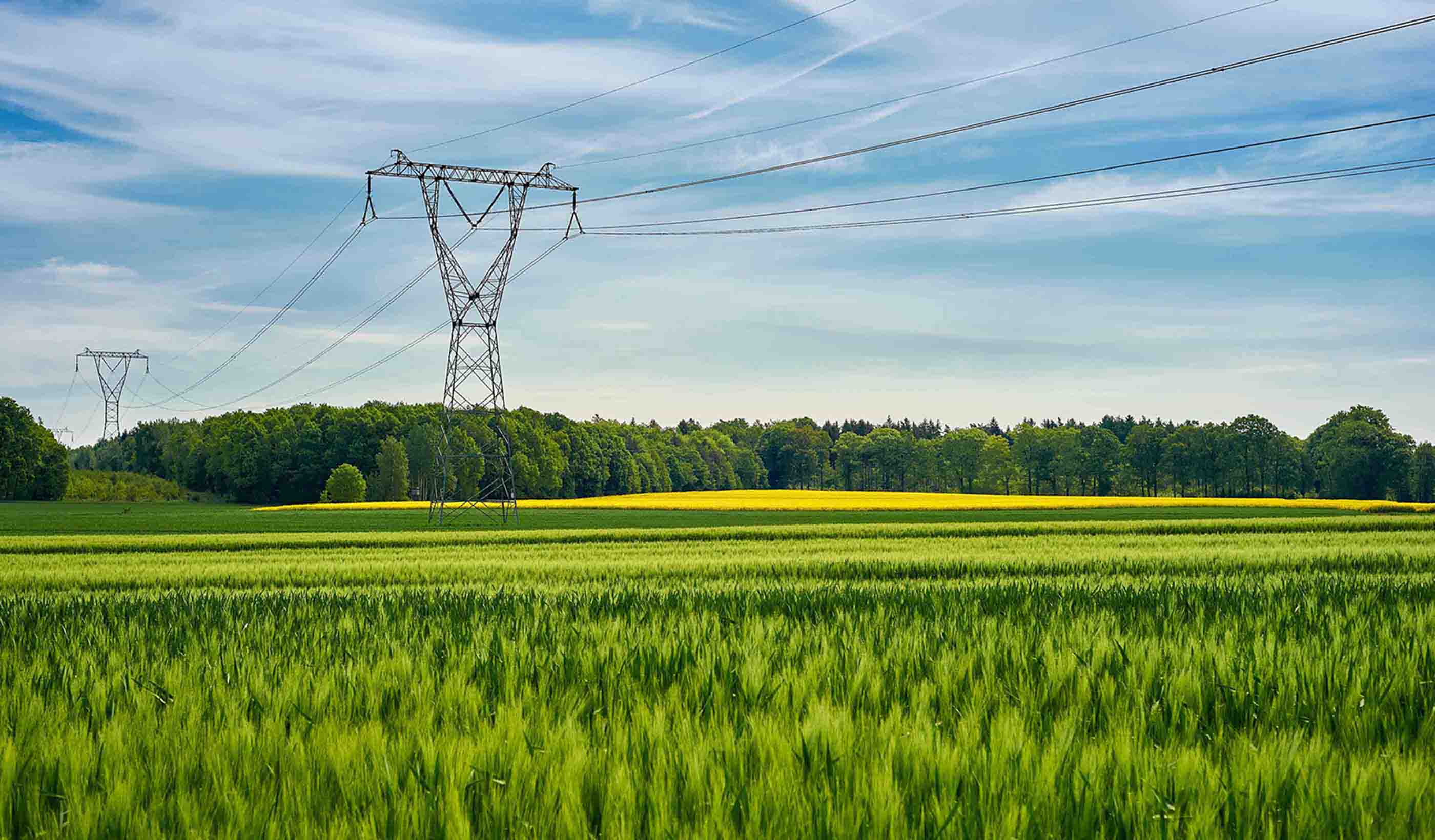4 considerations for your next grid-modernization project
August 01, 2024
August 01, 2024
The energy transition requires a modern grid, and navigating grid-modernization projects can be complex. Here are some expert tips.
There are many facets to the global energy transition. One aspect is moving towards renewable energy sources like solar, wind, and hydropower. Another is the use of alternative sources of energy, like hydrogen or small modular reactors. Carbon capture, utilization, and sequestration is also a part of the energy transition. It helps us to decarbonize our energy infrastructure while we still rely on traditional fossil fuels.
Something we can’t overlook is grid modernization. For the efforts listed above to work, we must have the transmission and distribution infrastructure. After all, generating renewable energy only addresses part of the problem. We also need to deliver that clean energy to communities who need it. That means we must design, build, and maintain the electrical infrastructure. That’s why grid-modernization projects are taking shape around the world as utilities strive toward decarbonization.
Grid-modernization projects are complex to say the least. They require large investment, robust planning, and a great deal of collaboration to drive a project from concept through to completion. Our teams have worked on these kinds of endeavors all around the world. While no two projects are the same, it’s critical to understand what has worked—and what hasn’t—while navigating the current state of the power delivery industry.
So, here are four key considerations for your next grid-modernization project.

As we press forward with the clean energy transition, we must also be designing and building the electrical infrastructure needed to deliver power to communities.
As engineers, our main goal is to help our clients deliver projects for the communities they serve. That means we must fully understand our clients and what they are trying to accomplish with any project. When it comes to grid-modernization projects, the aim is clear: to safely and sustainably deliver reliable energy to consumers for use.
But when working investor-owned utilities (IOUs), the economics of a grid-modernization program also comes into play. Why? Because IOUs have a fiduciary responsibility to their shareholders, who expect a return on investment. IOUs have grown more popular because they bring together public and private interests. This allows stakeholders to have a seat at the table and help make decisions on projects they will depend on for years to come. Everyone relies on energy for their daily lives. So, we all should be able to have a stake in it.
These projects are massive and often span local, state, and federal lands. They require sizable investment and several years of planning and construction. They also require maintenance for the electrical infrastructure once in operation. So, the economics of these projects must be a key consideration. In other words, how long until these large investments pay off? When will the utility—and its investors—make money from electricity sales?
This is referred to as rate recovery for IOUs. Rate recovery is built into the economics of any proposed project. It helps IOUs understand the viability of each project. That means that before a project is even started, an IOU and its stakeholders must have confidence in their ROI. Our teams work on grid modernization across the US and around the world. We help our clients to flesh out the economic drivers behind these projects before they begin. We assist in developing market projections, navigating the regulatory environment, and understanding the grants and incentives available for these kinds of programs.
Over the last couple of years, our teams in the US have been helping our clients to navigate the benefits of recent climate legislation signed into law by the Biden Administration. This includes the 2021 Bi-Partisan Infrastructure Act and the 2022 Inflation Reduction Act. Both pieces of legislation are aimed in part at investing in domestic energy production while driving the transition to clean energy. They offer grants and incentives to help make these massive investments—like grid modernization—more attractive. That helps to speed project development and meet our growing energy needs.
Having our teams help navigate this legislation gives our clients confidence in grid-modernization projects. And, ultimately, it gives their stakeholders more confidence that their investment is in safe hands.

Forming relationships across the industry will be a crucial component for your next grid-modernization project.
We believe that we are all better together. This can refer to our integrated design teams, which bring together experts from across different industries to achieve a common goal. It can also refer to our clients and the communities we all serve. But in recent years, it has also grown to include the entire power delivery industry, from clients through to contractors and consultants. Let me explain.
In the past, several engineering and construction firms would have to grapple over a limited number of projects. This naturally led to, let’s say, “friendly competition” between firms. It also led to firms spending an exorbitant amount of time, money, and resources on responding to requests for proposals. But in the age of the energy transition, that should no longer be the case for the power delivery sector.
Because of the global transition to renewable energy, utilities around the world are determining how they can best deliver that clean power. This has resulted in an abundance of grid-modernization projects. Here in the UK, we have more transmission and distribution projects than we know what to do with. So much so that every power delivery firm should have a backlog for years to come. Simply put, there is more than enough work to go around.
That’s why I believe power delivery firms here in the UK should be more collaborative. We should all be working together to achieve our common goal—delivering clean power to the communities where we live, work, and play. Instead of wasting resources on needless competition, we should use our time and capital on the projects themselves. This would not only help the engineering and construction firms but our clients and communities, too.
Generating renewable power, capturing carbon, or producing hydrogen can’t save us alone. We must modernize our electrical grids to fully enable the energy transition.
Having a consistent master plan across our entire grid is key to project success. When a firm takes one leg of our transmission system and a second firm takes the other, issues can arise due a lack of unanimity. And we have seen that happen. Building strong communications and trust with each other is key to the success of the overall project. So, forming relationships across the industry is my most important recommendation for your next grid-modernization project.
To me, one of the most important aspects of grid-modernization projects is robust planning and scheduling. You might be thinking: Isn’t that a baseline requirement for any engineering project? Well, yes. But when it comes to grid modernization, scheduling is crucial to successfully procuring the resources you will need for your project. I agree with my colleague, Sophie. There are a significant number of transmission and distribution projects in the queue right now. And all these projects will require similar resources—so much so that the supply is having a hard time keeping up with demand.
This is especially true when it comes to high-voltage direct current (HVDC) projects. The HVDC market is in high demand right now. Why? Because of global decarbonization, clean energy, and renewable energy targets. HVDC is well suited for the integration of renewable energy sources. This is because an HVDC system’s capability to operate in very weak alternating current (AC) networks and provide black start capability, amongst other benefits.
Simply put, there is a limited supply of HVDC systems in the world right now. We can’t mine the metals or manufacture the equipment fast enough. Until the supply catches up, HVDC will be a seller’s market. So, it’s also important to form strong relationships with HVDC manufacturers. Helping them to understand your project’s schedule early on will aid your ability to procure the resources you need—on time. Again, here we see scheduling as critical to the overall process. So, I strongly recommend robust planning, coordination, and scheduling for your next grid-modernization project.

There are a significant number of transmission and distribution projects in the queue right now. And all these projects will require similar resources.
I’m an environmental principal working on grid-modernization projects on the West Coast of the US. So, naturally, my strongest suggestion for these kinds of projects is wise project siting combined with robust environmental stewardship. As Nancy mentioned earlier, transmission and distribution projects often cross local, state, and federal lines. And each authority often has a different regulatory environment. This is certainly true in the US.
Now more than ever, the routing and siting of grid-modernization projects will determine a project’s outcome. Effective routing and siting require a broad array of information to drive consensus among internal and external stakeholders. Ultimately, getting projects sited and approved is about people—their needs and plans for their community. For your project to gain permitting, you will have to prove that you are adhering to all the environmental specifications across a transmission system.
There are several environmental factors to consider for grid-modernization projects. Below are a few of them.
For your grid-modernization project to be successful, you must adhere to—or even exceed—the regulations as set by the local authority. Having an integrated team that combines power delivery and environmental experts can help. Our teams work together to deliver the best results for the clients and communities we serve. And it’s been a winning recipe for us across the US and around the world.

For your project to gain permitting, you must prove that you are adhering to all the environmental specifications across a transmission system.
As we press forward with the clean energy transition, we must design and build the electrical infrastructure needed to deliver power. Generating renewable power, capturing carbon, or producing hydrogen can’t save us alone. We must modernize our electrical grids to fully enable the energy transition.
By following the recommendations that we outlined above, you can set your project up for success. Know your client and the economic drivers of their project. Work better together with industry peers. Foster robust planning. Establish strong environmental stewardship. Adhering to these guidelines will help you deliver the grid-modernization project that your clients, communities, and environment will all benefit from.